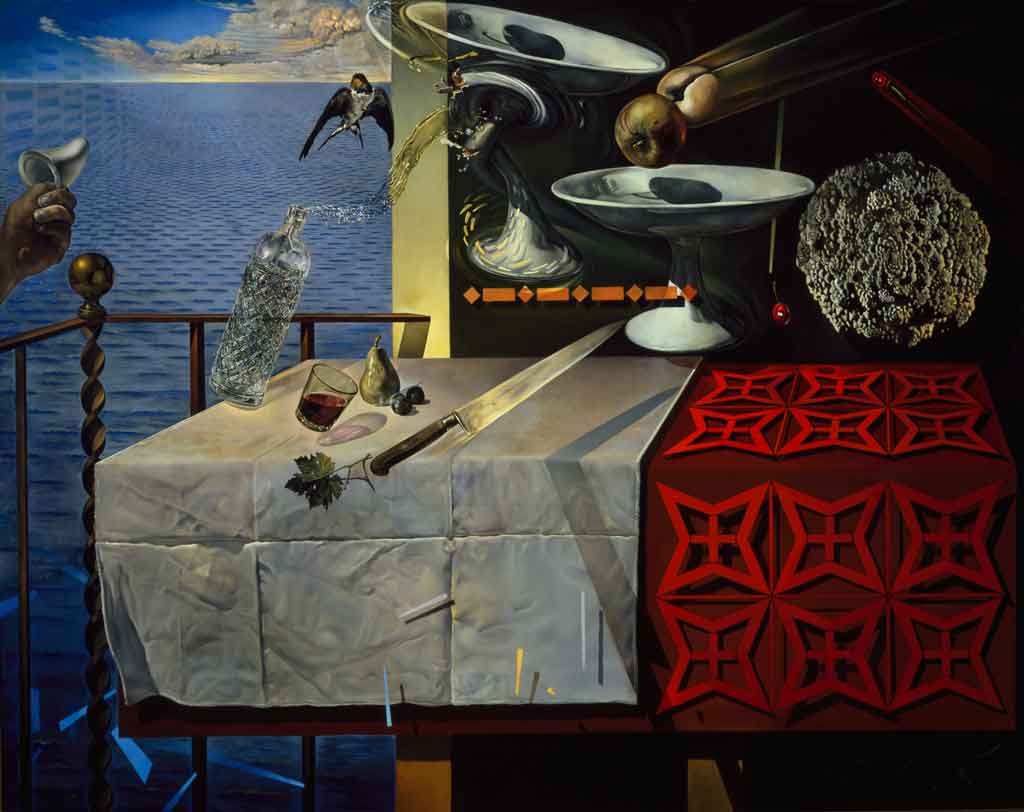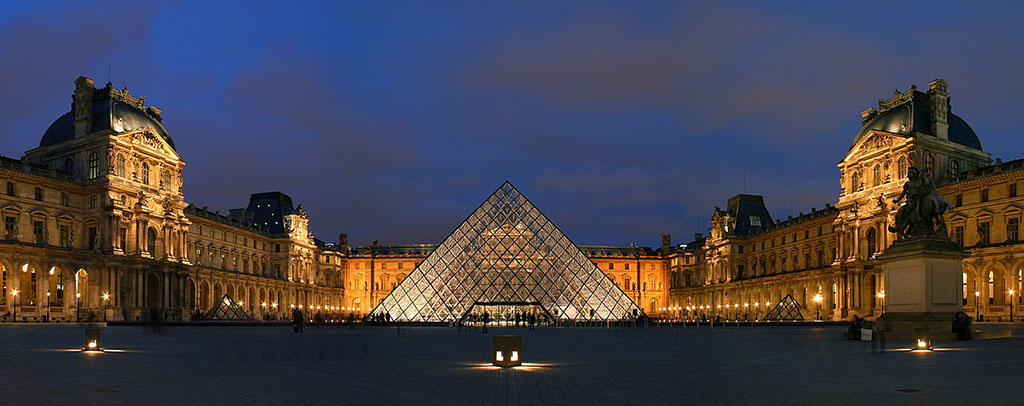Les Choses. La nature morte de la Préhistoire á nos jours
The term “still life” describes a work of art that shows inanimate objects from the natural or man-made world, such as fruit, flowers, dead game, and/or vessels like baskets or bowls. Looked at another way: still lifes depict things that are “still” and don’t move.
Still life is a genre that spans art history. It is found everywhere from ancient Egyptian tombs—decorated with paintings of objects from daily life—to works of modern art where it provided opportunities to experiment with new techniques, forms, and styles. The genre became particularly popular in the Netherlands during the 17th century when urbanization led to a greater emphasis on the home, personal possessions, and commerce.
The last major exhibition that focused on still life was Things. History of the Still Life from Prehistory in 1952 at the Musée Louvre curated by Charles Sterling. Les Choses. La nature morte de la Préhistoire á nos jours aims to celebrate the new discoveries made on this topic since 1952. The Louvre will look beyond chronological and geographical borders and to do so, will include works from multiple cultures. Also included for an added layer are contributions by contemporary artists who are inspired by their predecessors but can change our view of the past.
Works on loan:

